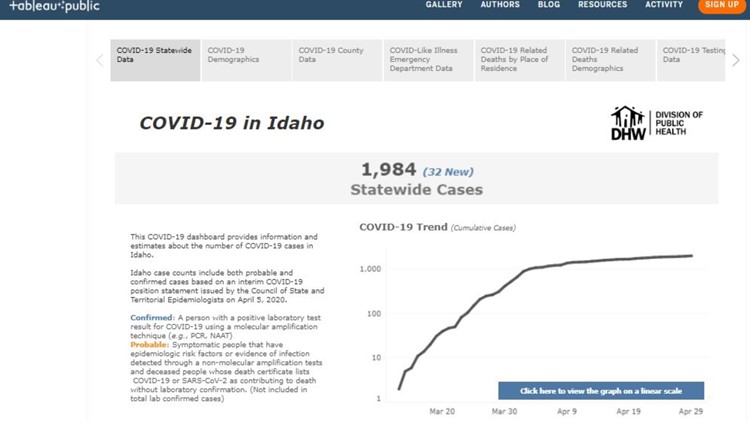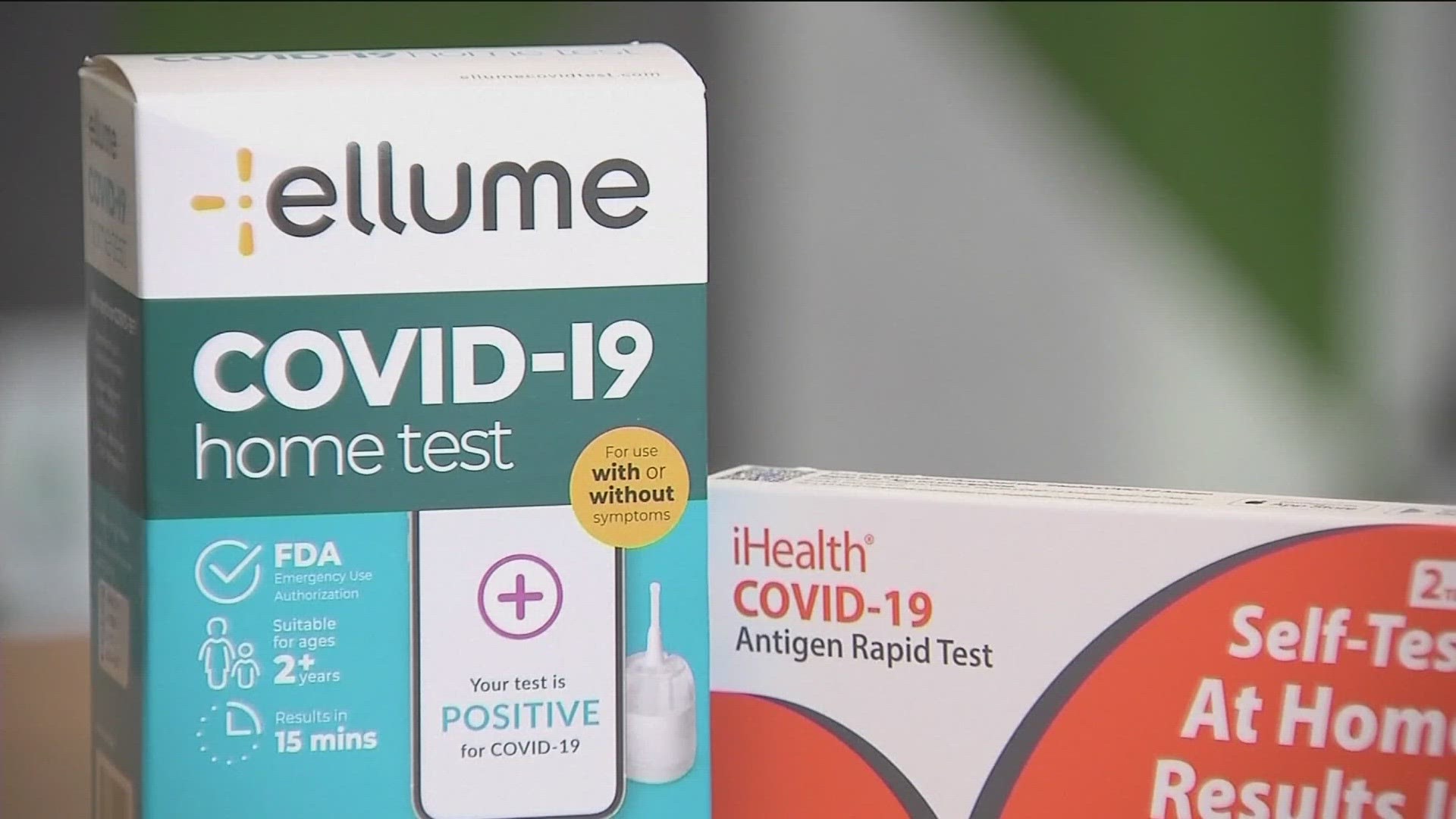BOISE, Idaho — In Idaho, Latinos make up about 13% of the population, but according to preliminary state data released Tuesday, Latinos make up 23% of Idaho’s COVID-19 cases where patient ethnicities were known and reported.
The Idaho Division of Public Health is reporting the ethnicity of 1,375 COVID-19 patients out of the reported 2,158 cases total. The early ethnicity data reflects a national trend that shows people of color are more likely to suffer from COVID-19 in the U.S. than white people.
“It is alarming, especially when we see ourselves being around 13% and to me (23% of Latinos with the virus) is high,” said Margie Gonzalez, executive director of the Idaho Commission on Hispanic Affairs.
The Idaho Division of Public Health was only able to confirm the ethnicities of 63% of the state’s COVID-19 cases.
“As I’ve seen the data, I am somewhat concerned because we only know 63% of the patients’ ethnicities,” Gonzalez said. “I think we have parts of the state that have higher concentrations of Hispanic families that chose not to report.”
Southwest District Health and Central District Health previously told the Idaho Press that data on coronavirus patient’s race and ethnicity is incomplete and difficult to report.
RELATED: 'Companies like HP will go away' from Boise without college diversity and inclusion programs: HP rep
In a statement, Ellie Morgan, an epidemiologist at Southwest District Health, said, “Ethnicity is not consistently reported and is often unknown or unconfirmed. The vast majority of labs we receive do not have race or ethnicity identified.”
Southwest District Health includes Canyon County, where Latinos make up around 25% of the population.
Gonzalez is concerned about the lack of data available on the ethnicity of COVID-19 patients in areas with high concentrations of Latinos, particularly Southwest District Health.
“Canyon County has historically been number one or among the top 10 counties in Idaho with the largest percentage of Latinos,” Gonzalez said.
The division did release the racial breakdown of 1,456 of the state’s cases. That data shows a majority of patients, 77%, were white, followed by:
- 4.5%, multiracial
- 2.2%, Asian,
- 1.5%, black or African American
- 1.4%, American Indian or Alaska Native
- 0.2, Pacific Islander
About 13% of COVID-19 cases were recorded as “other race.”
In neighboring Oregon, the state reported the latest racial and ethnicity data in early April. It shows Latinos account for 18% of the state’s positive cases and only about 13% of the state’s population.
Preliminary racial data from New York City shows Latinos have a death rate of 22 people per 100,000, more than double the death rate of 10 per 100,000 for the city’s white residents.
In Idaho, data shows there have been 58 reported coronavirus related deaths. Out of those 58, four were Hispanic and four deaths are noted as having the “ethnicity pending.” The ethnicities of the other deaths were reported as non-Hispanic.
Gonzalez said she is particularly worried about rural parts of the state.
“The downfall with this is it makes it challenging the state to identify which communities are going to receive the strongest impact (of the virus),” she said. “We have been working nonstop to get more rural communities aware what the governor is doing and the precautionary measures they are encouraged to take.”
Before the Idaho Commission on Hispanic Affairs was asked to translate state information about the novel coronavirus, Gonzalez said the agency quickly began connecting bilingual and bicultural medical professionals to Spanish and English radio programs to help distribute information to rural parts of the state. These parts of the state may completely rely on radio for news and information, Gonzalez said.
She said it is difficult to determine whether the high percentage of Latinos with COVID-19 is related to the lack of information translated into Spanish or how slow-moving the translations were.
Rachel Spacek is the Latino Affairs and Canyon County reporter for the Idaho Press. You can reach her at rspacek@idahopress.com. Follow her on twitter @RachelSpacek.
If you enjoy reading articles like this one from our partners at the Idaho Press, please consider subscribing to them for newspaper delivery or digital access to help ensure stories like this are told.
More from our partners at the Idaho Press: Ada County rolls out Expo Idaho as hub for remote court hearings
Facts not fear: More on coronavirus
See our latest updates in our YouTube playlist:



